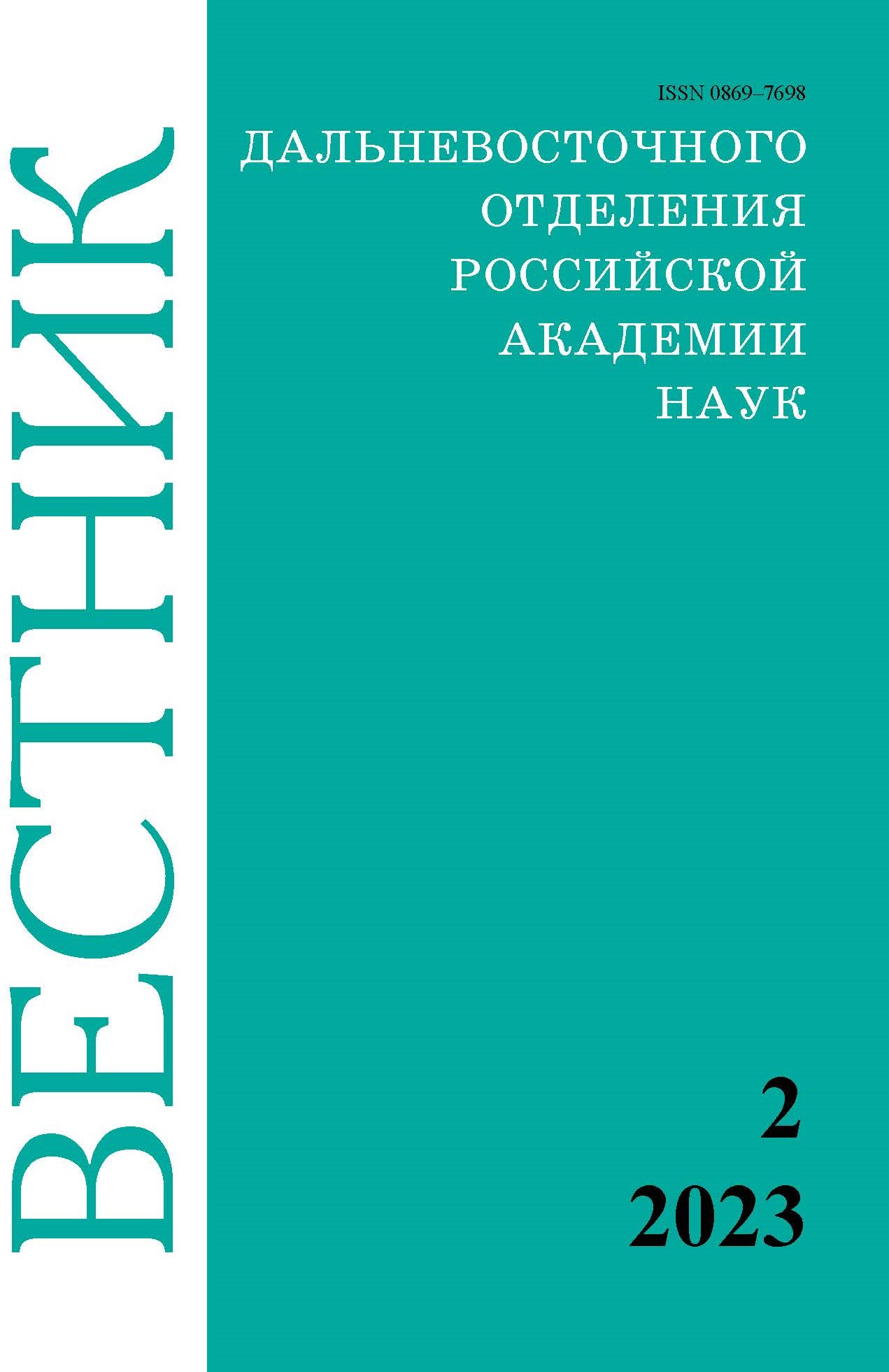The content of some elements in tissues of the purple ascidian Halocyntia aurantium from the Amur Bay (Peter the Great Bay, Sea of Japan)
Keywords:
elements, purple ascidians, digestive gland, gonad, gill sack, skin-muscular sac (mantle)Abstract
The content and distribution of microelements in the tissues of the digestive gland, gonad, gill and skin-muscular sac (mantle) of the purple ascidian of Peter the Great Bay (the Sea of Japan) were studied. Concentrations of microelements in the tissues of the digestive gland and gill are higher than in other organs. The group of predominant microelements was zinc, iron and bromine. Toxic heavy metals arsenic and lead in concentrations below the maximum permissible level for the tissues of commercial hydrobionts are found. In the gill sac and gonad, there is a general trend towards a gradual decrease in the bioaccumulation coefficient of metals from Zn, Cu and Pb to Fe and Mn. In the digestive gland and mantle, the highest bioaccumulation coefficients are typical for Zn, Cu and Pb and the lowest – for Mn. Organs and tissues of ascidian contain biomedically valuable elements – bromine, iodine and selenium.


